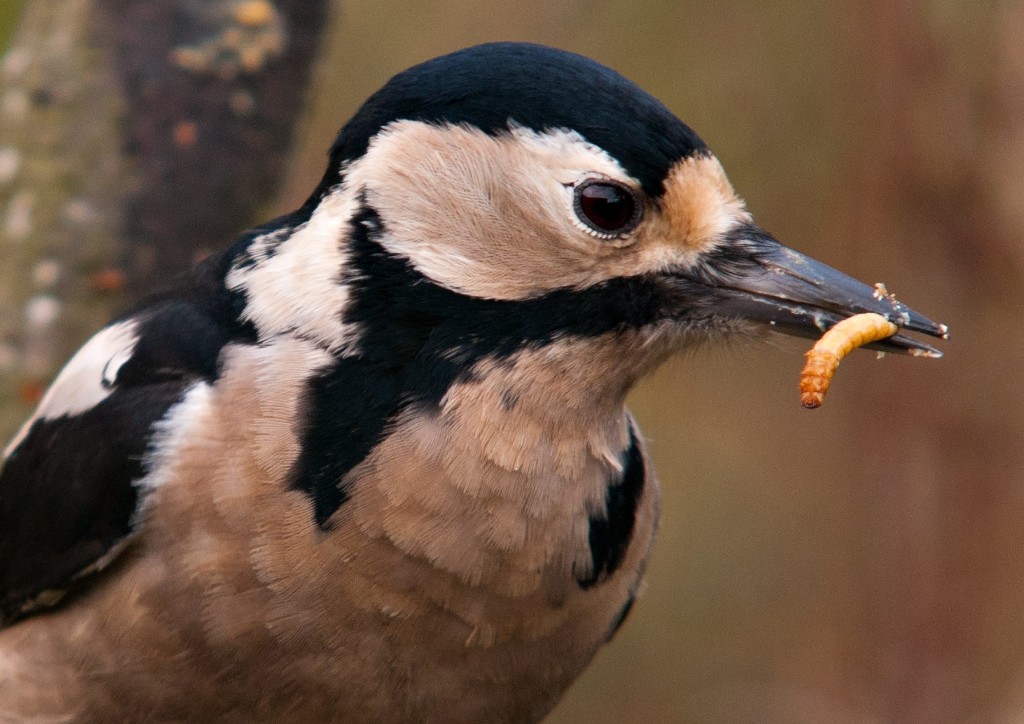A great spot for a great spotted woodpecker!
Up until the early 1940’s some people thought that a woodpecker drumming noise was made vocally by the birds and not made by striking the surface of a resonating object. It seems silly now to think that but if you think about it – it seems a bit absurd that a bird would repeatedly hit its beak against a tree to make a noise.

Males drum on a tree during the breeding season to attract a mate, as they don’t have a song like other birds. If you are able to drum loudly and consistently, it’s a sure sign that you will be able to make a suitable nesting cavity for your mate. This is the time of year that you are likely to hear woodpeckers drumming and this morning I heard one on the large oak in the meadow. This tree would be a great spot for a great spotted woodpecker, so I am going to keep a look out over the coming weeks to see if he has been successful in attracting a partner.
There are three types of woodpecker in the UK – green, great spotted and lesser spotted. The green woodpecker is very obviously green but to tell the difference between the other two you need to compare their size. The great spotted woodpecker is about the size of a starling and the lesser spotted is about the size of a chaffinch. More often than not you will see a greater spotted as they are much more common.
Woodpeckers are specially adapted to drum by having natural shock absorbers in their head. This allows them to deliver their hammering blows and not suffer any ill effects. They will also utilize their shock absorbers to excavate nest holes, peck in dead wood for insects and to take eggs and nestlings of tits and other hole nesting birds.
Laura Preston – Scottish Wildlife Trust, Falls of Clyde Ranger
Help support our vital work and join us today!
Help protect Scotland’s wildlife
Our work to save Scotland’s wildlife is made possible thanks to the generosity of our members and supporters.
Join today from just £3 a month to help protect the species you love.
Preface
Up until the early 1940’s some people thought that a woodpecker drumming noise was made vocally by the birds and not made by striking the surface of a resonating object. …
